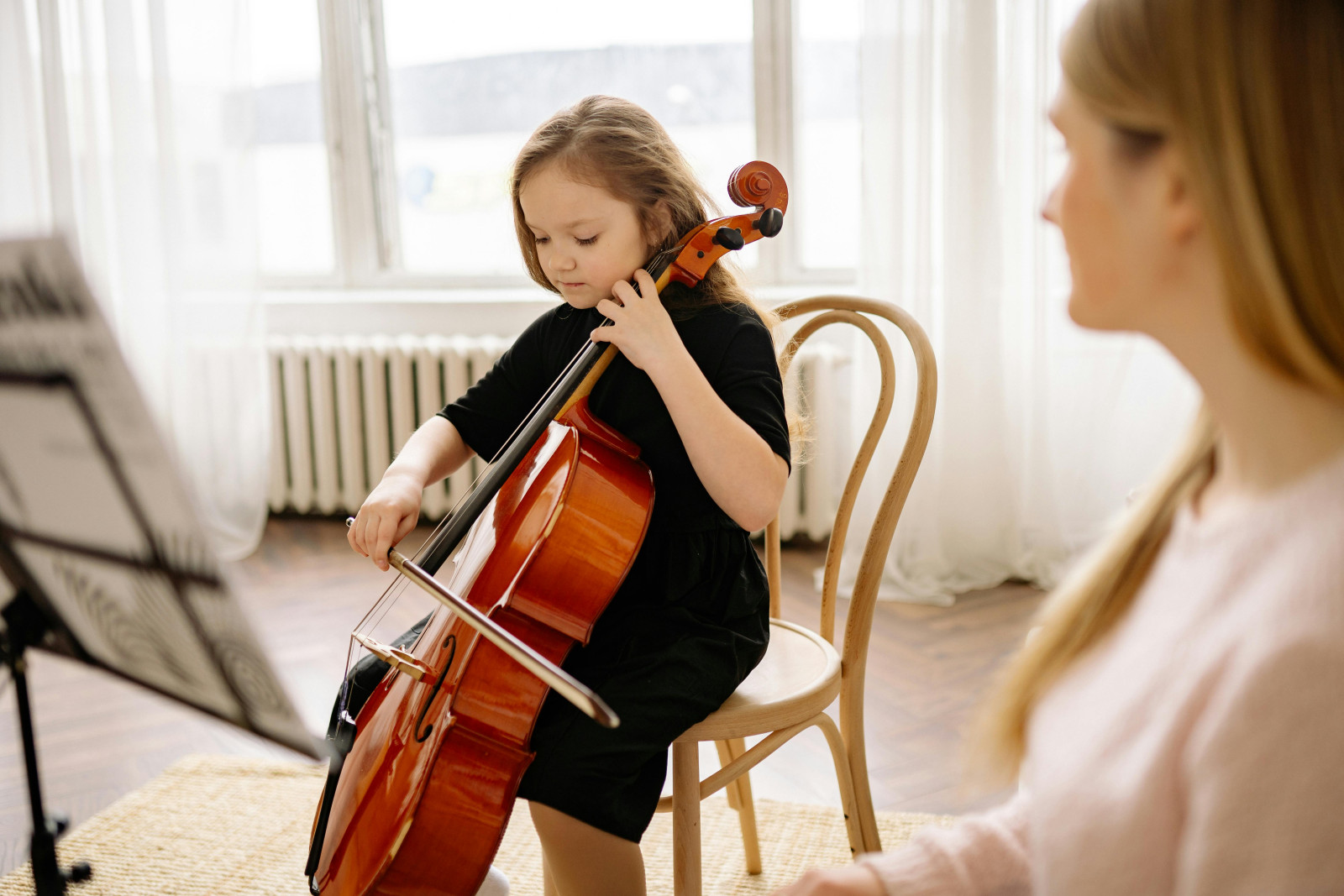
The Struggles of Music Teachers: Unveiling the Urgency for Change
In the education world, music teachers find themselves facing urgent challenges that are pushing them to the brink. Recent sobering statistics reveal a concerning trend, shedding light on the fact that a significant number of music educators are seriously contemplating leaving the profession.
1. Overwhelmed and Underprepared:
The statistics indicate that a mere 19.8% of music teachers feel moderately well-prepared or very prepared for their job. This suggests a glaring gap in the training and support provided to these educators. Music is a complex art, and teachers require comprehensive preparation to navigate the intricacies of imparting musical knowledge pedagogically effectively.
2. Lack of Recognition and Value:
A staggering 44.7% of music teachers express feeling undervalued, with some stating that they are only perceived as a preparation time for other teachers. This lack of recognition not only undermines the dedication of these educators but also contributes to a demoralizing work environment. Appreciation and acknowledgment are essential elements in fostering a positive and thriving teaching community.
3. Unmanageable Workloads:
The workload of music teachers is revealed in the statistic that 41% of them teach between 301 to 500 students, and some teach as many as 700 students! Such a large number of students per teacher is undoubtedly overwhelming and can compromise the quality of education provided. It also raises questions about the feasibility of creating meaningful connections with each student, hindering the holistic development of aspiring musicians.
4. The Ominous Cloud of Burnout:
The cumulative effect of these challenges is reflected in the alarming statistic that 45.5% of music teachers have contemplated leaving the profession. The specter of burnout (or what some would call compassion fatigue) looms large over these educators, driven by a combination of inadequate preparation, lack of recognition, and unmanageable workloads on top of increased student needs and demands placed on teachers outside of their necessary duties.
The Call for Change:
In the face of these statistics, it is imperative for educational institutions, policymakers, and the community at large to heed the call for change. Investing in comprehensive training programs for music educators, fostering a culture of appreciation, and addressing unmanageable workloads are essential steps in ensuring the sustainability of the music education profession.
While as a society, we must recognize the invaluable role that music teachers play in shaping the next generation of musicians and nurturing a love for the arts, we do not see society taking any actual steps in a positive direction to address these issues, which means that music teachers need to make some potentially tough decisions.
Empowering Music Educators: A Call to Action
As we delve into the challenges music teachers face, it's crucial to recognize the resilience and potential within our dedicated community. While systemic changes are necessary and unlikely, there's also this opportunity for music educators to take charge of their own destinies, especially in a world where immediate societal shifts look to be lacking.
Being self-employed allows music teachers to play to their own strengths, avoid the downsides to public education, and specialize in niche areas, catering to specific interests or skill levels. Whether it's music theory, instrument-specific instruction, community ensembles, or composition, educators can carve out a unique space for themselves, attracting students seeking specialized expertise. This is a large part of what I do through my streamlined method as I work 1-1 with teachers to customize their business and create an exit strategy, much like I did for myself. This is key because it emphasizes the unique approach each teacher brings to their craft.
In our ever-changing world, continuous learning is key. Music educators can enhance their skills and stay relevant by exploring new techniques, staying updated on industry trends, and incorporating innovative teaching methods. Music teachers would also do well to take a business course, particularly one that is updated continually with the changing times and trends (I have a great one I can recommend – ask for more info!). This commitment to growth not only benefits educators but also enriches the learning experience for their students.
The path to freelance success for music teachers is a multifaceted journey that involves personal empowerment, collaboration, specialization, and a commitment to continuous learning while implementing strategies that work for building a business in our 21st century world. By seizing the opportunities offered by the digital era and actively participating in professional development, music educators can not only find fulfillment in their careers but also contribute to the transformation of the music education landscape for generations to come without dealing with the burnout of the system. It's time for music teachers to embrace their potential, both as independent professionals and as catalysts for positive change in the world of education!













